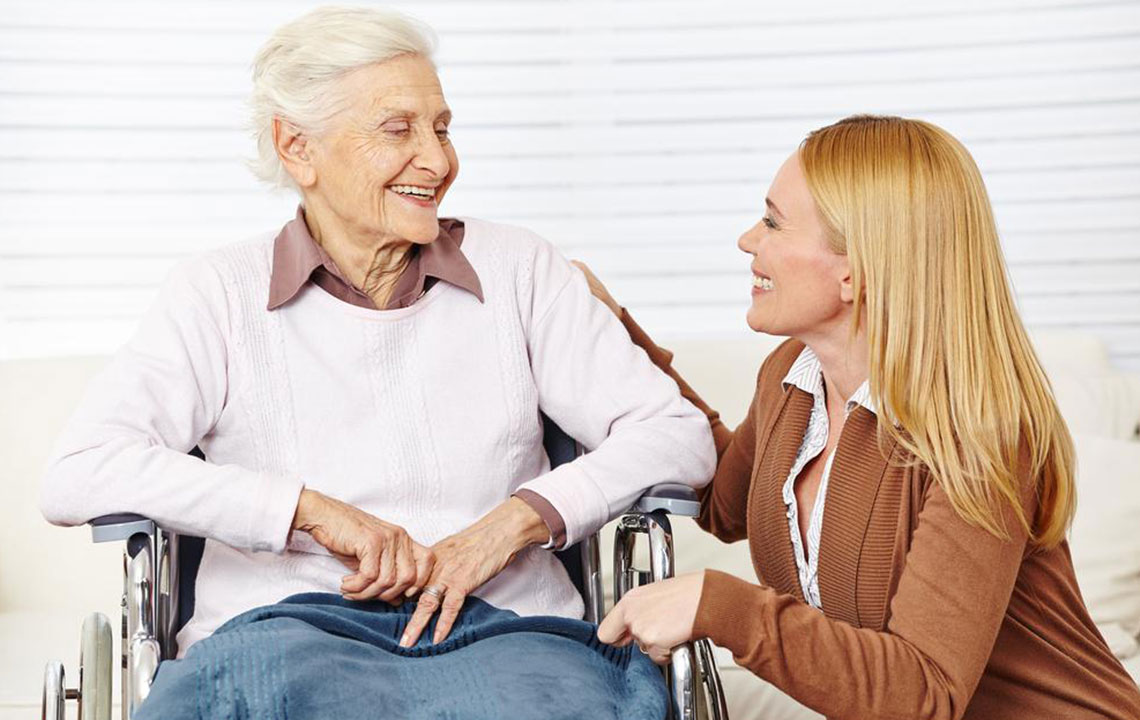Complete Overview of Spinal Muscular Atrophy (SMA) and Treatment Options
This comprehensive guide explores spinal muscular atrophy (SMA), its types, diagnostic methods, and treatment options. It aims to educate affected individuals and families on managing the disease effectively through medical assessments, therapies, and supportive devices. Understanding SMA's progression helps in early intervention and tailored care plans to improve quality of life.

What is Spinal Muscular Atrophy (SMA)?
Spinal muscular atrophy (SMA) is an inherited genetic disorder passed down in an autosomal recessive pattern. It affects motor nerve cells in the spinal cord and brainstem, leading to progressive muscle weakness and atrophy. This condition hampers muscle control, making activities like sitting, walking, and head movement difficult. In severe instances, SMA can compromise breathing and swallowing capabilities due to weakened muscles.
Learn about the different types of SMA, diagnostic methods, and treatment options available to assist affected individuals and families.
SMA Classifications
SMA is divided into five types: 0, I, II, III, and IV, each with distinct symptoms and severity levels, identified through clinical evaluation.
Type 0
The most severe form, presenting before birth or shortly after, characterized by low fetal movements, joint deformities, swallowing issues, and respiratory failure.
Type I
Referred to as Werdnig-Hoffmann disease, this severe type appears within the first months of life, causing breathing and feeding problems, weak limbs, tremors, low muscle tone, and absent reflexes.
Type II
This type shows up between 6-18 months, where children can sit independently but struggle with standing or walking. Walking unassisted is typically not possible.
Type III
Also called Kugelberg-Welander disease, appearing later, patients can walk but face challenges with stairs, gait abnormalities, finger tremors, and difficulty standing up from sitting.
Type IV
An adult-onset form occurring after age 30, leading to mild to moderate muscle weakness, breathing problems, and tremors.
SMA Diagnosis
The diagnostic process begins with clinical assessment and family history. Confirmatory tests include:
Genetic Testing
Identifies mutations in the SMN1 and NAIP genes associated with SMA.
Electrophysiological Tests
Includes EMG and nerve conduction studies to evaluate nerve and muscle activity.
Biopsy
Less common now, performed to examine muscle tissue when other tests are inconclusive.
Available Treatments
Physical Therapy
Exercises designed to preserve muscle flexibility and improve mobility.
Medications
Drugs aimed at protecting nerve cells and enhancing motor neuron health.
Mobility Aids
Devices like electric wheelchairs support movement, especially in severe cases.
Respiratory Support
Includes oxygen therapy, breathing devices, vaccinations, and exercises to strengthen respiratory muscles.
Note:
This website provides informational content based on research and data. It should not replace professional medical advice. We are not responsible for inaccuracies or variations across sources. For personalized assistance, consult healthcare professionals or relevant programs.


